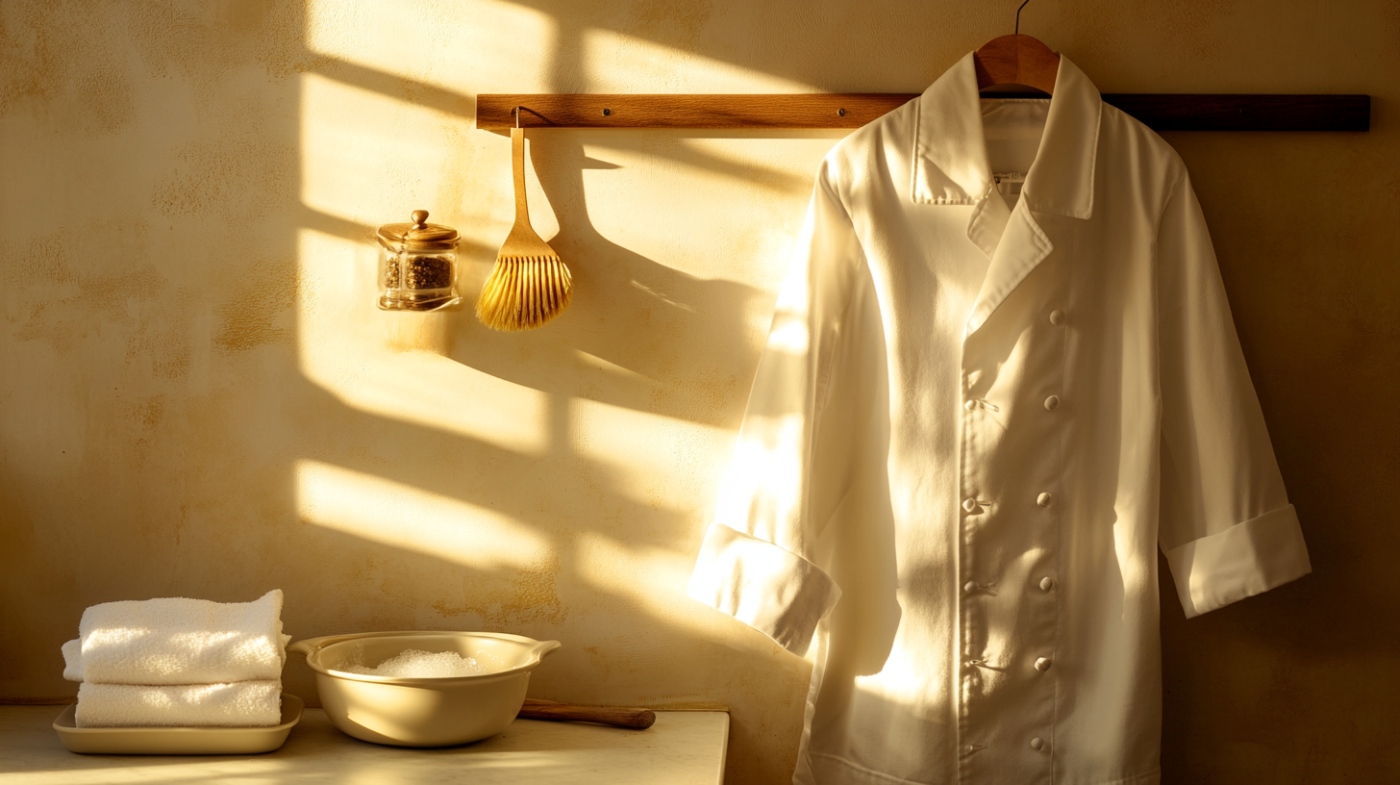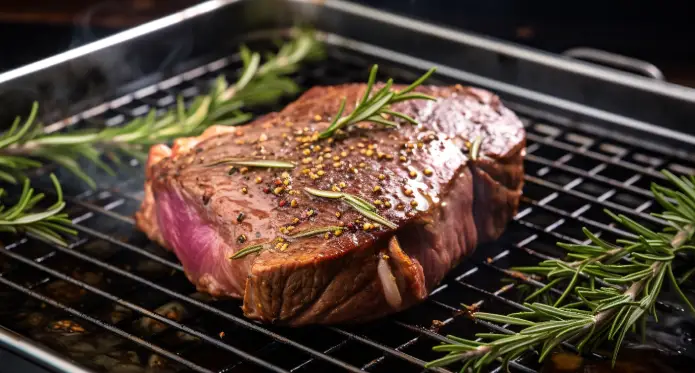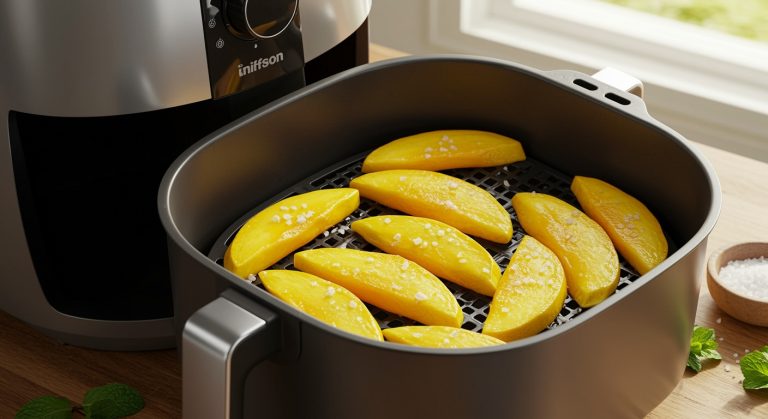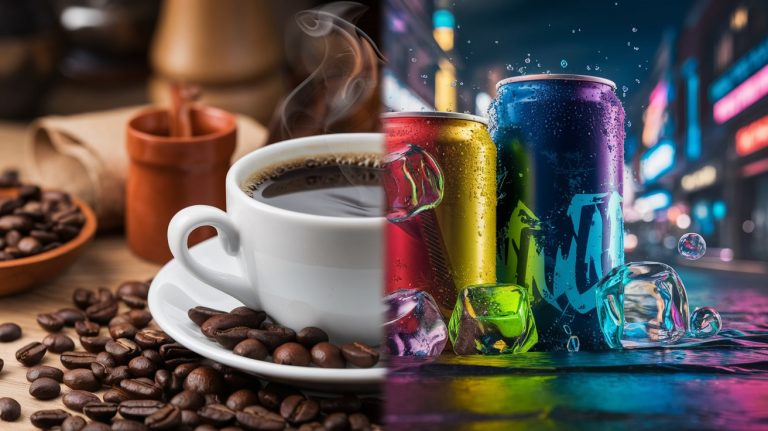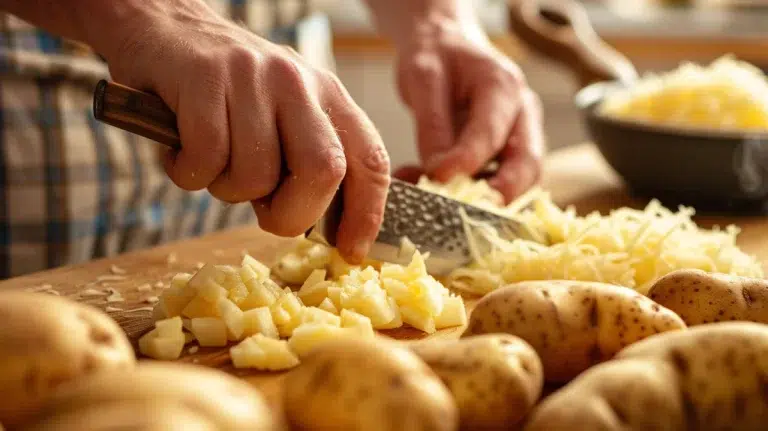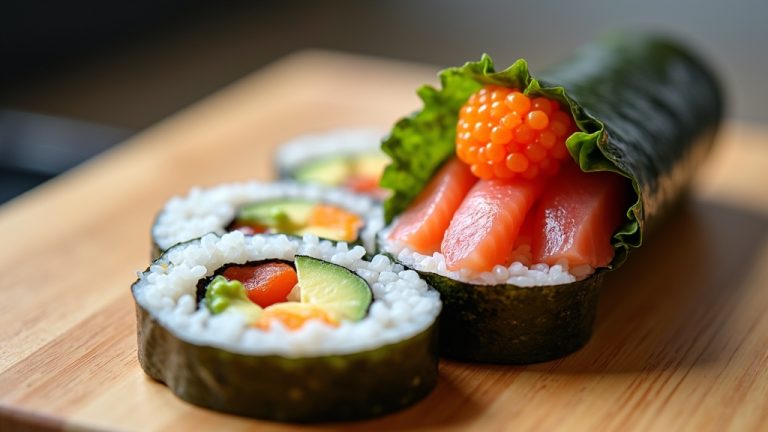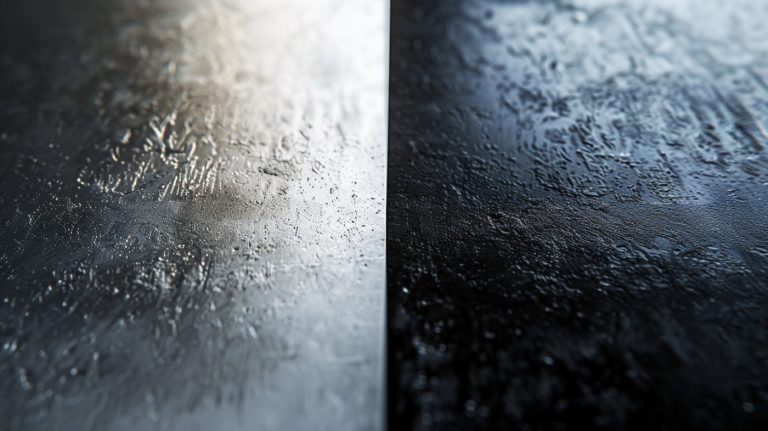How to Get Stains Out of White Chef Coats: Quick Fixes
To get stains out of white chef coats, you need to act quickly. For acidic stains like tomato sauce, rinse with cold water immediately. Grease stains require applying dish soap directly, while protein stains benefit from cold water treatment.
For stubborn stains, use a vinegar and water soak or a baking soda paste. Wash the coat separately in hot water on the longest cycle, and add white vinegar during the rinse for extra brightness. Before drying, check for any remaining stains to avoid setting. You’ll find even more effective tips to keep your coats looking pristine with just a bit more insight.
Key Takeaways
- Identify the type of stain (acidic, grease, or protein) for targeted treatment methods.
- Rinse acidic stains with cold water immediately to prevent setting.
- Apply dish soap directly to grease stains for effective breakdown.
- Soak the coat in a vinegar and water mixture for stubborn stains.
- Always wash separately in hot water with the longest cycle for optimal results.
The Importance of Clean Chef Coats
A clean chef coat is essential in any professional kitchen. It enhances your professional appearance, reflecting your mastery and attention to detail.
When you wear a pristine white coat, you not only boost your confidence but also convey a strong commitment to food safety and hygiene to customers.
Regularly washing and maintaining your chef coats minimizes the risk of stains setting in, preserving their longevity and keeping you looking sharp.
Customers expect you to present a neat and sanitized look, reinforcing the importance of a clean uniform.
Establishing a consistent cleaning routine for your chef coats elevates kitchen standards and fosters a culture of cleanliness among culinary staff.
Prioritizing a clean coat is vital for both your reputation and the kitchen’s success.
Identifying Different Stains
Maintaining a clean chef coat is only part of the battle; understanding the different types of stains you might encounter is equally important.
Stains on white chef coats generally fall into three categories: acidic, grease, and carbon.
Acidic stains, like wine or tomato sauce, need immediate rinsing with cold water to prevent setting.
Grease stains from oil or butter require dish soap or enzyme-based cleaners for effective stain removal.
Protein-based stains, such as blood, should also be treated with cold water.
For stubborn carbon stains from burnt food, solvent-based emulsifiers are your best bet.
Recognizing the type of stain is essential, as each requires specific treatments for best results.
Effective Pretreatment Methods
Effective pretreatment methods can greatly enhance your chances of successfully removing stains from white chef coats.
Start by applying a bit of Dawn dish soap directly to grease or food stains; it breaks down residues effectively.
For stubborn kitchen stains like coffee or tomato sauce, soak your coat in a vinegar and water mixture for several hours.
You can also make a paste of baking soda and water, applying it directly to the stains for targeted treatment.
If you’re dealing with protein-based stains, use cold water and an enzyme-based stain remover to prevent the setting.
Washing Guidelines for Chef Coats
Washing white chef coats requires attention to detail to keep them looking pristine.
Always wash them separately from colored fabrics to prevent discoloration. Use hot water with the longest wash cycle available for the best stain removal. If your coat’s care label allows, you can also use chlorine bleach sparingly, but test it first on a small area.
Avoid mixing heavily soiled items with clean chef coats, as this risks transferring stains and odors. Adding white distilled vinegar to the rinse cycle enhances brightness and removes detergent residue.
For stubborn stains, act quickly, and don’t forget to check the care label for specific washing instructions that may help maintain fabric integrity.
Drying and Maintenance Tips
When it comes to drying white chef coats, a little care can go a long way in preserving their integrity.
Follow these tips for effective drying and maintenance:
- Inspect for Stains: Always check for any remaining stains before drying, as heat can set them permanently.
- Drying Method: Start by running the dryer on low heat for 5 minutes, then line dry to maintain fabric quality and reduce wrinkles.
- Avoid Mixing: Don’t mix your chef jacket with colored laundry, as this can lead to unwanted discoloration.
For ongoing maintenance, hang your coats to dry after washing and verify you’re using the right amount of detergent during the rinse cycle.
This way, you’ll keep your chef coats looking pristine longer.
Frequently Asked Questions
How Do You Get Stains Out of Chef Whites?
To get stains out of chef whites, immediately rinse the area with cold or hot water, pre-soak in an oxygen bleach solution, and use enzyme-based detergents. For tough stains, try baking soda or Dawn dish soap.
How Do You Get Yellow Stains Out of a White Chef Coat?
You’ve got a white chef coat that looks like it survived a food fight! To tackle those stubborn yellow stains, pre-soak it in warm water with oxygen bleach, then wash it with baking soda and vinegar for extra brightness.
How Do You Get Stains Out of a White Jacket?
To get stains out of a white jacket, treat them immediately with a pre-treatment solution. Soak in warm water with oxygen bleach, wash with cold for protein stains, and always check for remaining stains before drying.
How Do Chefs Keep Their Coats Clean?
While stains threaten your professional appearance, you can combat them by wearing aprons, immediately treating spills, using enzyme-based detergents, soaking in vinegar solutions, and rotating uniforms for a consistently clean look.
Look Good, Cook Better: The Connection Between a Clean Coat and Culinary Confidence
Keeping your white chef coat spotless isn’t just about appearances; it reflects your professionalism in the kitchen. Did you know that 70% of chefs believe a clean uniform boosts their confidence? By understanding different stains and using effective pretreatment methods, you can maintain your coat’s pristine look.
Follow the washing and drying guidelines for best results, and remember, regular maintenance is key. A clean chef coat not only looks good but also helps you feel your best while cooking.

